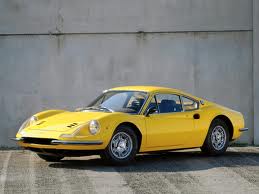
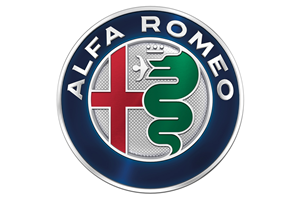

This edition of the Alfa-Romeo Giulia GT 1600 Junior Z is the 5 speed / Manual version and was first brought out in 1972. This was at around the same time as the introduction of the 1973 Monteverdi Hai 450 GTS and the 1973 Ferrari 365 GTB/4 Daytona.This particular Alfa-Romeo Giulia has a 1570cc Naturally Aspirated Petrol powerplant with 4 cylinders in a St formation.
The Giulia shares its Petrol St4 engine configuration with the likes of the 2019 Ariel Atom 4 2.0 Turbo and the 2013 Caterham 7 620 R 2.0 L Supercharged. If you're looking for other fast cars which share the Giulia's Rear Wheel Drive, Coupe combination then how about the 1982 Fiat X1/9 1.5 8V or the 1965 Aston-Martin DB6 1965.
Weighing in at 950 kgs (2094 lbs) this makes the Alfa-Romeo Giulia GT 1600 Junior Z in the same weight category as the 2014 Radical RXC 3.5 V6 Twin Turbo or the give or take 50kg.
![Mini Cooper Countryman John Cooper Works 1.5 Turbo - [2022] image Mini Cooper Countryman John Cooper Works 1.5 Turbo - [2022] image](/editionimages/2335.jpg)
The Alfa-Romeo Giulia shares the same bhp with the 2022 Mini Cooper Countryman John Cooper Works 1.5 Turbo (134 bhp)
In terms of power the 1570cc 8V St4 engine produces 125 bhp (93 kW) @ 6000 rpm similar to the 2022 Mini Cooper Countryman John Cooper Works 1.5 Turbo (134 bhp) or the 2020 Audi A1 A1 Sportback 35 TFSI S tronic S line (148 bhp).
The Naturally Aspirated St4 throws out 115 lb-ft (155.9 Nm) @ 2800 rpm placing it with cars of similar torque performance figures such as the 2013 Renault Captur 1.2 Turbo TCe 120 EDC (140 lb-ft) or the 2012 Mini Cooper Paceman (118 lb-ft).
If one combines the weight with power or torque performance for the Alfa-Romeo Giulia you can get a better idea of it's real world performance.
![Infiniti FX 37 3.7 V6 - [2011] image Infiniti FX 37 3.7 V6 - [2011] image](/editionimages/1317.jpg)
The 2011 Infiniti FX 37 3.7 V6 (156.5 bhp per ton) has similar Bhp Per Ton stats as the Alfa-Romeo Giulia.
The Alfa-Romeo Giulia has a Power to weight ratio of 131.5 bhp per ton and 121.0 lb-ft per ton. Bhp Per Ton figures of the 1972 Giulia competing with the 2011 Infiniti FX 37 3.7 V6 (156.5 bhp per ton) or the 2013 Porsche Panamera S E Hybrid 3.0 V6 (156.5 bhp per ton).
If you agree with the late great Carroll Shelby then arguably an even better indicator of potential performance, Torque. Use weight as well and you end up with - Torque per ton, with the Alfa-Romeo Giulia generating around 121.0 lb-ft per ton. If you're curious as to what other cars have as much torque to weight then look no further than the 2011 Fiat Punto Evo Abarth 1.4 Turbo (146.0 lb-ft per ton) or the 1986 BMW 3 Series M3 E30 (145.9 lb-ft per ton).
With a 0-60mph time of 9.00 secs or a 0-100km/h (0-62mph) of 9.3 secs, this made the Alfa-Romeo Giulia GT 1600 Junior Z as fast as the 2012 Mini Cooper SD Paceman (9.00 secs) the 2007 Ford Taurus AWD 3.5 V6 (9.00 secs) the 2004 Vauxhall-Opel Corsa 1.8 GSi (9.00 secs) the or the 2002 Land-Rover Range Rover V8 Vogue (9.00 secs). This Alfa-Romeo Giulia GT 1600 Junior Z is also faster than the 2013 Skoda Rapid 1.4 tsi Spaceback (9.10 secs) the 1999 Citroen Saxo 1.6i VTR (9.10 secs) the 1990 Mazda MX5 1.6 (9.10 secs) the and the 1983 Vauxhall-Opel Nova 1.6i GTE (9.10 secs).
When talking about the performance of the Alfa-Romeo Giulia on the drag strip it can reach a quarter mile in an estimated 16.21 secs @ 84.4 mph. Similar performance down the quarter mile can be found with the the 1969 Ford Mustang Mach 1 351 4 Speed (16.14 secs), the 2008 Audi TT Roadster 2.0T FSI 200 (16.15 secs), and the 1992 Porsche 968 3.0 Turbo (16.16 secs).
Modern performance cars are often artificially restricted to 155mph. The 1972 version of the Alfa-Romeo Giulia GT 1600 Junior Z has a maximum speed of 118mph.
If maxing out your car on the AutoBahn is your thing and you're wondering what's faster than the 1972 Alfa-Romeo Giulia GT 1600 Junior Z then how about the 2022 Toyota Corolla GR 1.6 Turbo (129 mph), the 2019 Land-Rover Defender 110 3.0 Turbo (129 mph), or the 2009 Ford Fiesta ST185 (129 mph).


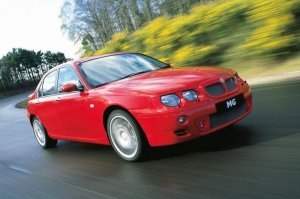

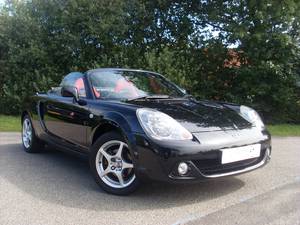

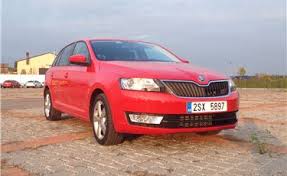
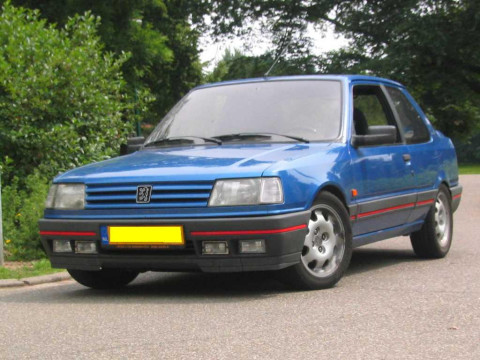
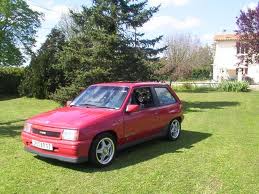

Dodge Charger SRT8 6.4 V8
Engine: Naturally Aspirated Petrol | 6410cc 16v V8
Top Speed: 175 mph
0-60mph: 4.30 seconds

Alfa-Romeo GTV 3.0 V6 Lusso
Engine: Naturally Aspirated Petrol | 2959cc 24v V6
Top Speed: 239.7 kph
0-100kph: 6.8 seconds



















